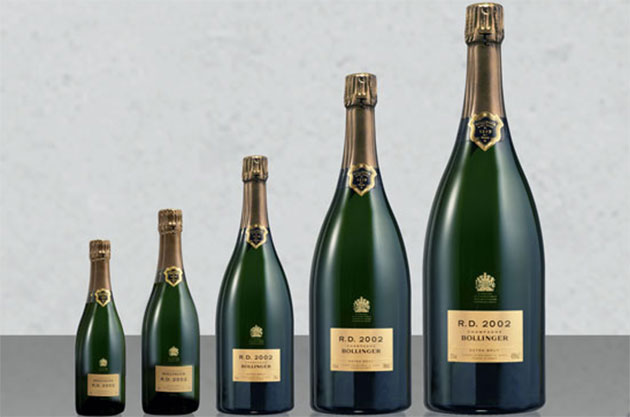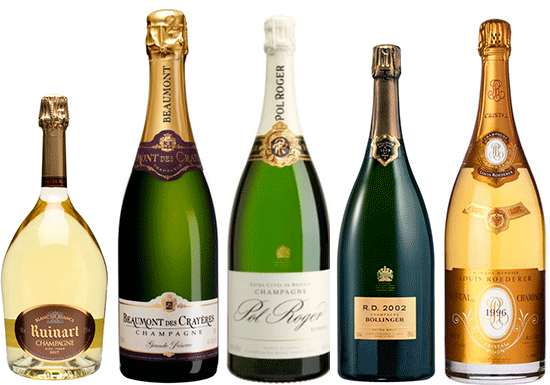It's not always easy to track down wine in larger bottle sizes, or know what to look for, so we have put together a brief guide to buying wine in magnums, jeroboams and more...
Where to buy wine in larger bottle sizes:
Stockists in the UK and US that often have a good range of larger bottles.
For more stockist options, see the Decanter Retailer Awards winners from 2016
A quick guide to larger bottle sizes:
Serving wine in large bottle formats always feels special – they are usually made in much smaller quantities than a standard bottle size, are often considered to age better, and look impressive on any table. They are perfect for parties or dinners, and also make excellent, eye catching gifts.
See also: Ageing wine in double magnum versus bottle – An experiment
Larger bottles reduce the ratio of a wines surface area exposed to oxygen in relation to its volume, so the rate of oxygen absorption for a given volume of wine is generally lower. This slows down the ageing process and ensures a more nuanced and fresh wine when compared to an identical wine aged in 75cl bottle.
Magnums are widely considered to offer the best balance between ageability and development, especially for Champagne (see below).
And that aside, double magnums and jeroboams are a great way to enjoy a wine with a group of friends – perfect if you are hosting a dinner party.
The largest formats, mostly named after Biblical characters, are often one-offs or limited runs made for special events. They are rarely intended for the cellar, as the custom made, extra large corks have to be cut by hand and can be prone to air leakage.

Champagne
Champagne is a special case, as not only does the bottle size affect its ability to age, it also affects the rate of fermentation in the bottle. A larger size (with more volume) undergoes a slower fermentation and thus develops more complexity along the way.
A magnum is often the largest format that will undergo secondary fermentation in the bottle (larger sizes must be filled from magnums before being re-corked, usually to order).
Champagne expert Michael Edwards attended a blind tasting, pitting bottles against magnums. Unsurprisingly given the science behind it, magnums came up trumps, showing more complexity and vigour.
Further reading on Champagne:

Buying Champagne methuselahs – ask Decanter
How do I go about buying a methuselah of Champagne...?

Magnum of Champagne: Top wines to try
The Champagne Magnum is a symbol of celebration and extravagance...

Ageing gracefully: Laying down Champagne
Michael Edwards looks at the Champagne styles best for ageing...
Highly rated large format wines:







